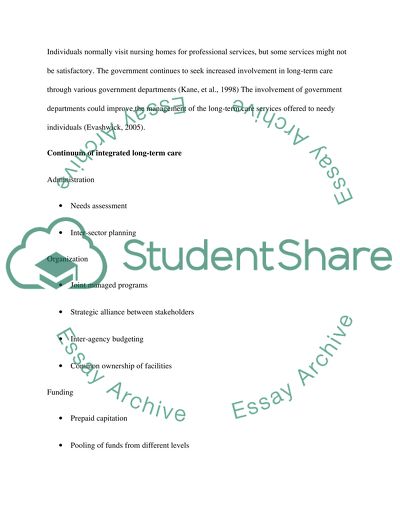Cite this document
(“Long-Term Care Issues Paper Research Example | Topics and Well Written Essays - 1750 words”, n.d.)
Retrieved from https://studentshare.org/health-sciences-medicine/1478944-long-term-care-issues-paper
Retrieved from https://studentshare.org/health-sciences-medicine/1478944-long-term-care-issues-paper
(Long-Term Care Issues Paper Research Example | Topics and Well Written Essays - 1750 Words)
https://studentshare.org/health-sciences-medicine/1478944-long-term-care-issues-paper.
https://studentshare.org/health-sciences-medicine/1478944-long-term-care-issues-paper.
“Long-Term Care Issues Paper Research Example | Topics and Well Written Essays - 1750 Words”, n.d. https://studentshare.org/health-sciences-medicine/1478944-long-term-care-issues-paper.


